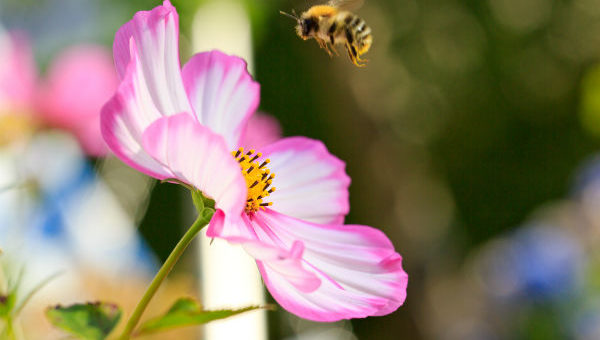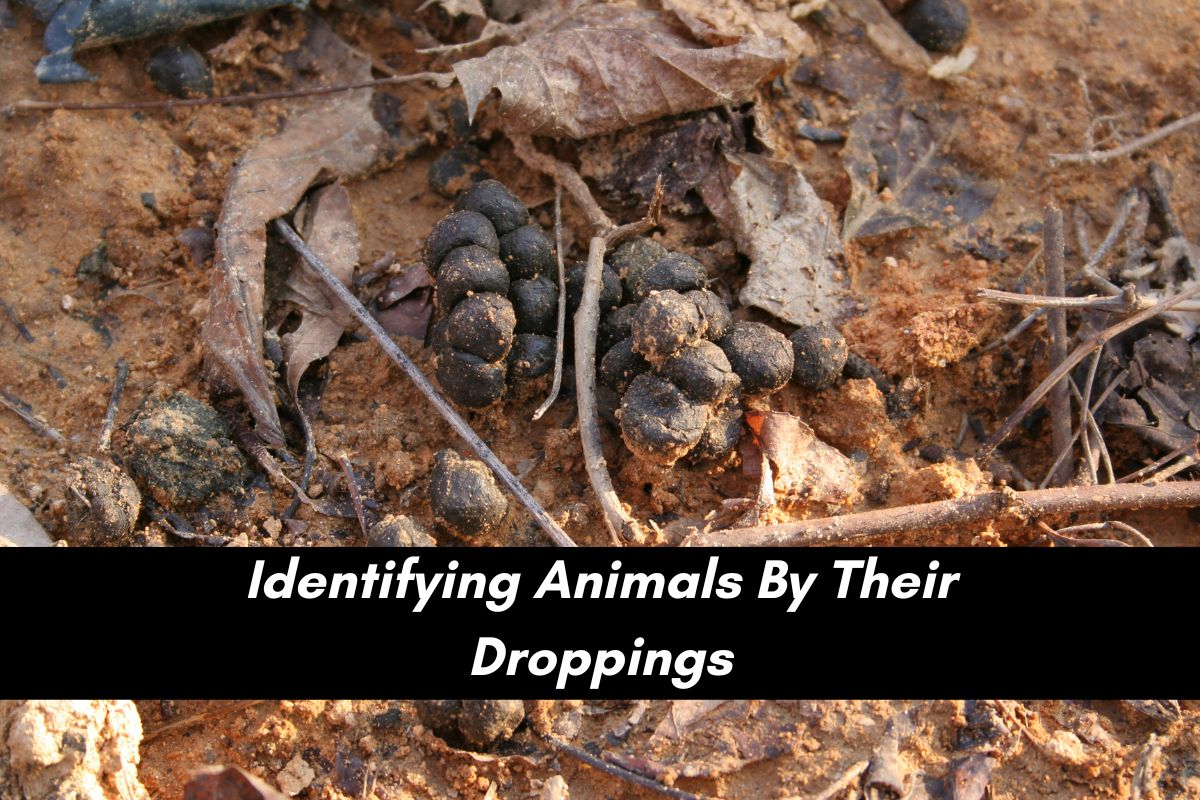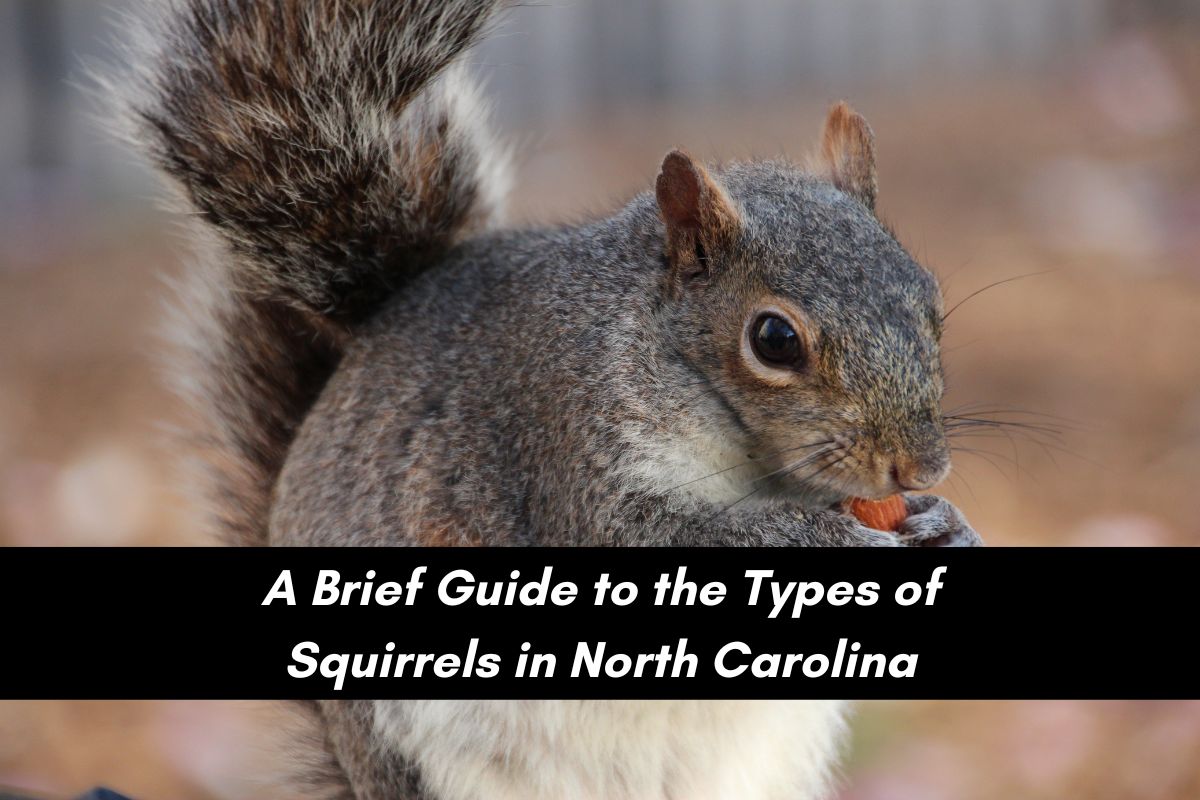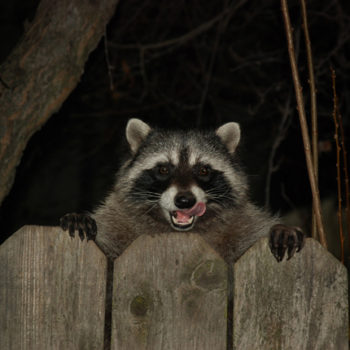
Why are bees dying?
- Posted by AdminBW
- On May 18, 2017
- 0 Comments
Are Bee Populations Plummeting?
Here in North Carolina, most children grow up hearing about the “Lost Colony of Roanoke” at the Outer Banks. It was the first English settlement in North America and one day it just disappeared. Everyone left and nobody could figure out why or where they went. A similar issue has also been making the rounds the last few years – “the Lost Colony of Bees.”
The Mystery of the Missing Bees
In 2006, reports began to hit the American press of honeybees simply disappearing. There have been insect epidemics periodically, but at least the deceased specimens would be left behind to be collected and studied. In this case, the bees, like the settlers on Roanoke Island, were simply missing.
The term for this is “colony collapse disorder.” Bees abandon their queen and their colony and just fly away.
Overwinter Losses
Another issue arising at the same time involved the “overwinter” deaths of a larger than usual portion of the farmed bees. Beekeepers are accustomed to losing up to 20 percent of their bees during the winter months. These numbers crept up in the years following 2006, as well.
Headlines reported that beekeepers were losing 40 percent of their bees each winter. While this was true, without some context, it was misleading. Large percentages of the bees die off during the winter anyway, and this larger number, despite being worrying, was made up quickly in the spring. Bees can multiply rapidly and a queen will lay 1000 – 3000 eggs in a sitting.
Possible Causes
Honeybee populations were experiencing some difficulties, but the beekeepers managed to buy more queens and breed their way out of the issue. The number of bees actually went from 2.4 to 2.7 million bees in the period from 2006 to 2014. So, the numbers were stabilizing, but the cause of this trend causing more bees to die and disappear remained a mystery.
Numerous causes have been suspected and different groups favor separate explanations. Some popular theories are that genetically modified foods may have affected them. This doesn’t seem to have panned out since other areas of the world with the same crops didn’t experience the same issues. A type of pesticide called neonicotinoid was also suspected for a while. This theory has also been dismissed for the most part because bee populations did not experience these losses in all areas where the pesticides were in use. Animal activists often favor this explanation, however.
Two causes that scientists have honed in on are that of varroa mites and of “colony collapse disorder.” Varroa mites are a pest that attaches to the bees and literally sucks the life from them. At the same time, these mites will infect them with disease. There was significant varroa mite activity at this time, so this is likely a cause.
The “colony collapse disorder” was mentioned as a mystery condition, so it may not seem like much of an explanation. This condition has been documented historically all over the world for centuries, though.
The Bees Are All Right
While the bees, honeybees specifically, did have a scare between 2006 and 2014, this period is now over. Even during this period, the bee population rose in the United States. Beekeepers spent more to keep their colonies going, and the cost of honey went up, but there didn’t seem to be a real threat to our pollinating friends.
In your Raleigh or Durham lawn, if you see honeybees, they are not generally aggressive, so there is no need to fear them. But, there is also no need to be overly careful. They are not an endangered species.











